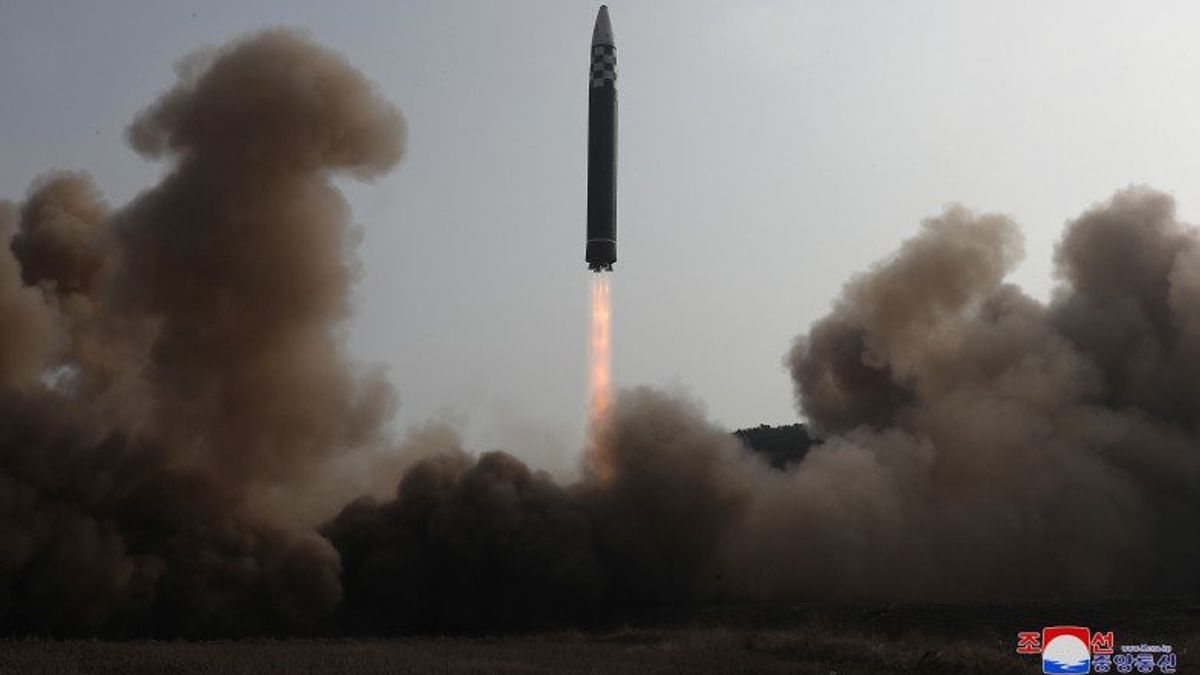JAKARTA - Japan will upgrade its J-Alert early warning system next Summer, after it went down in October when North Korea launched a ballistic missile over the country for the first time in five years, the Cabinet Secretariat said Wednesday.
In order to issue warnings more quickly, the area receiving a warning will be expanded under the new system to neighboring prefectures where the missile can strike, as well as prefectures that the projectile could potentially cross.
Currently, the government issued a warning to the prefecture based on the predicted attack location, after narrowing down the landing point, as reported by Kyodo News, December 29.
Under the upgraded system, however, the prefecture will be alerted roughly one minute earlier than during the October launch, although criticism has been mounting over the slow pace of alerts being issued at the time of the incident.
Previously, after North Korea launched a missile on October 4, J-Alerts were issued in Hokkaido, including in cities and villages around Tokyo and later in Aomori Prefecture.
But the projectiles flew over Aomori at about the same time that the warning was issued, making it nearly impossible for the public to evacuate in time if the missiles hit.
The projectile flew 4.600 kilometers, the longest distance ever recorded for a North Korean missile, and reached an altitude of 1.000 km, according to the Japanese government.It is known, the satellite-based J-Alert system allows authorities to send warnings about natural disasters or missile attacks on Japanese territory to residents via television, radio, smartphones, and other devices.
The English, Chinese, Japanese, Arabic, and French versions are automatically generated by the AI. So there may still be inaccuracies in translating, please always see Indonesian as our main language. (system supported by DigitalSiber.id)













